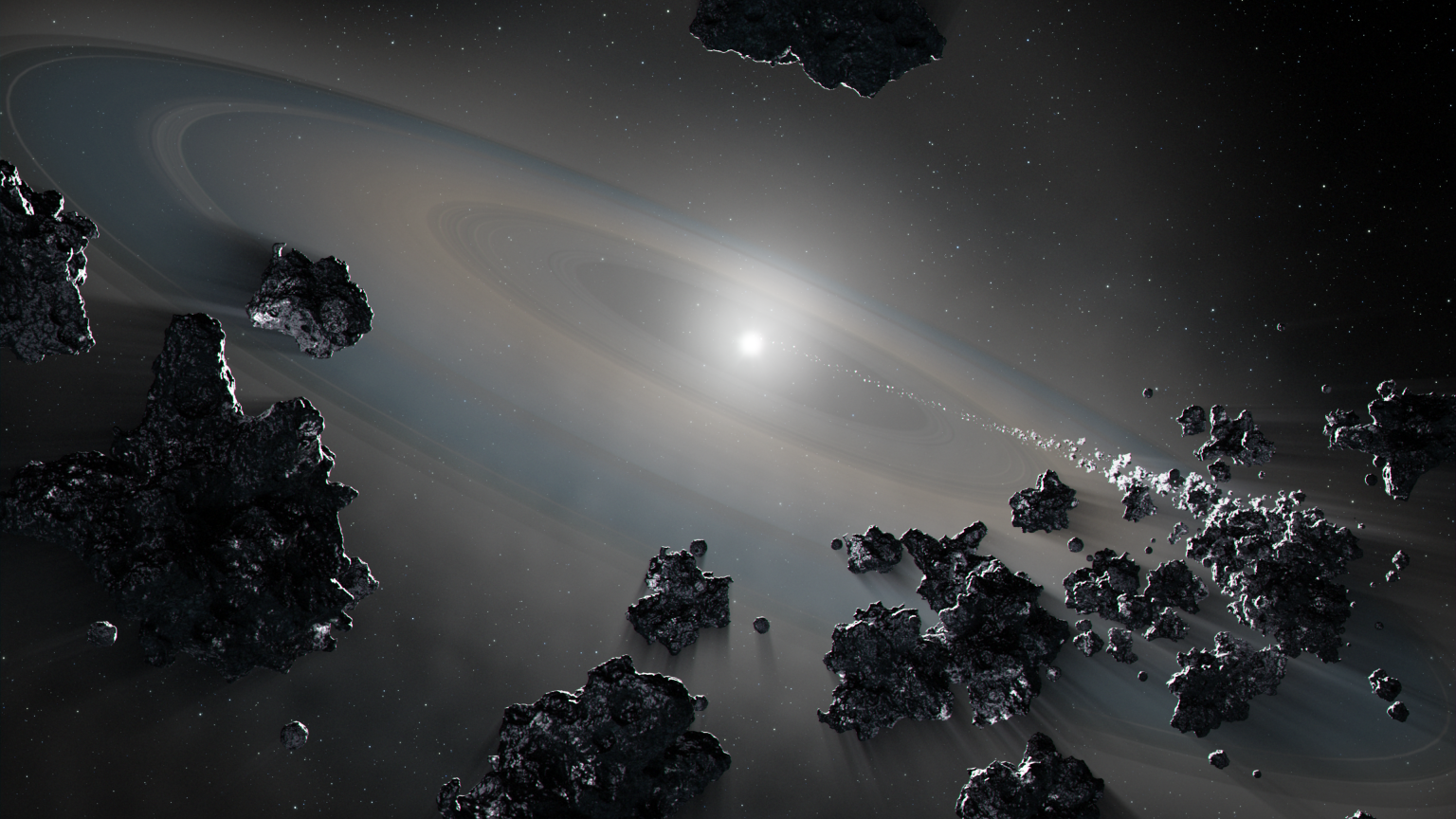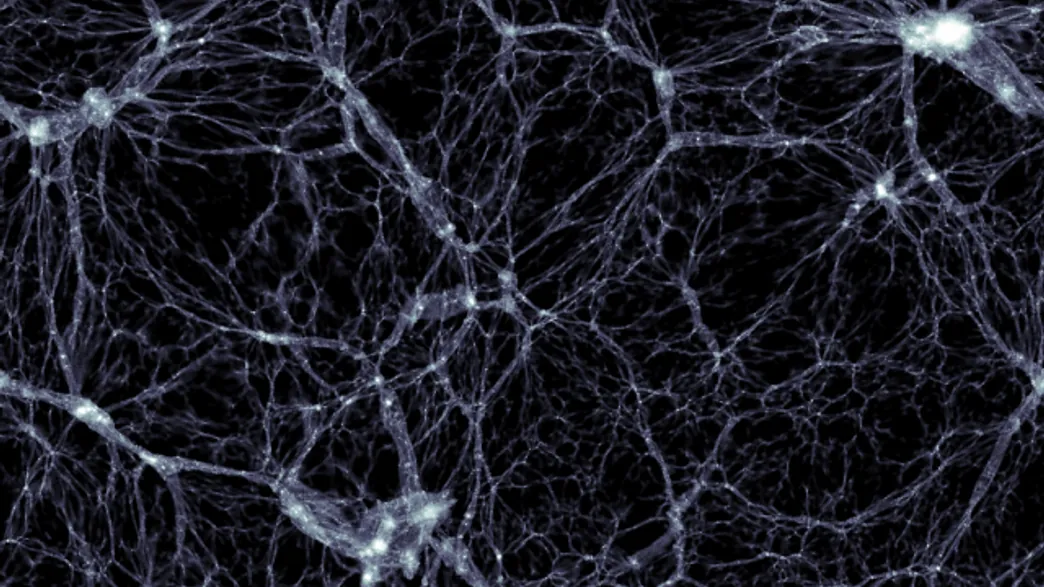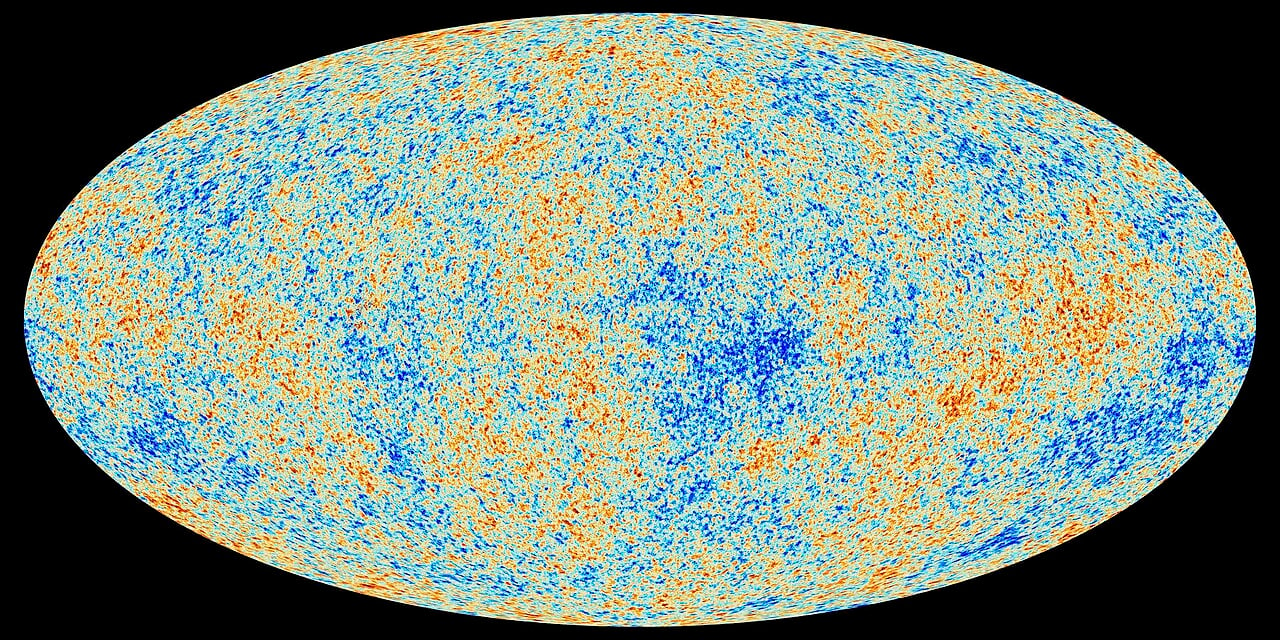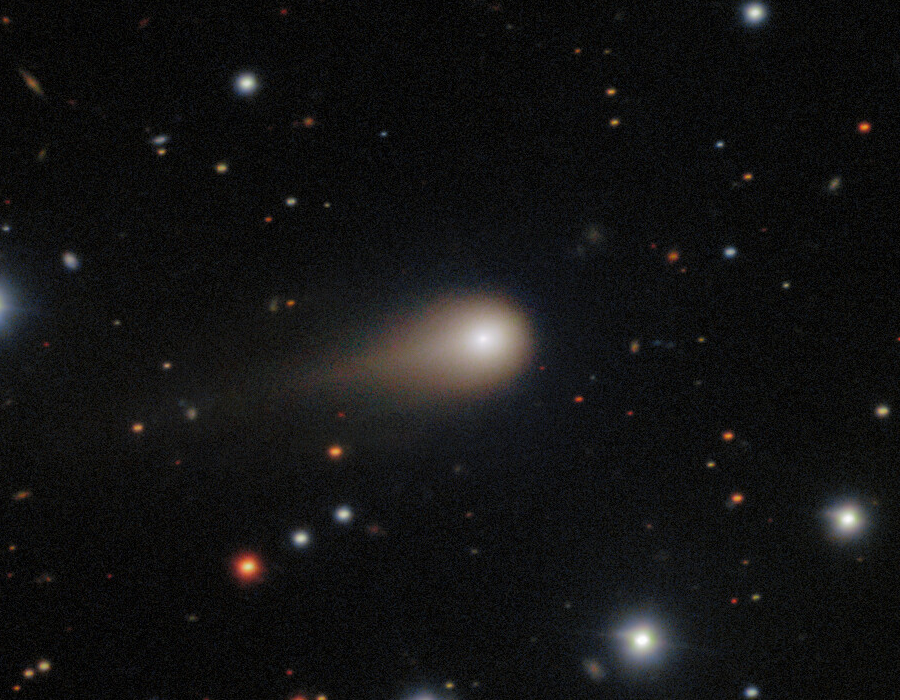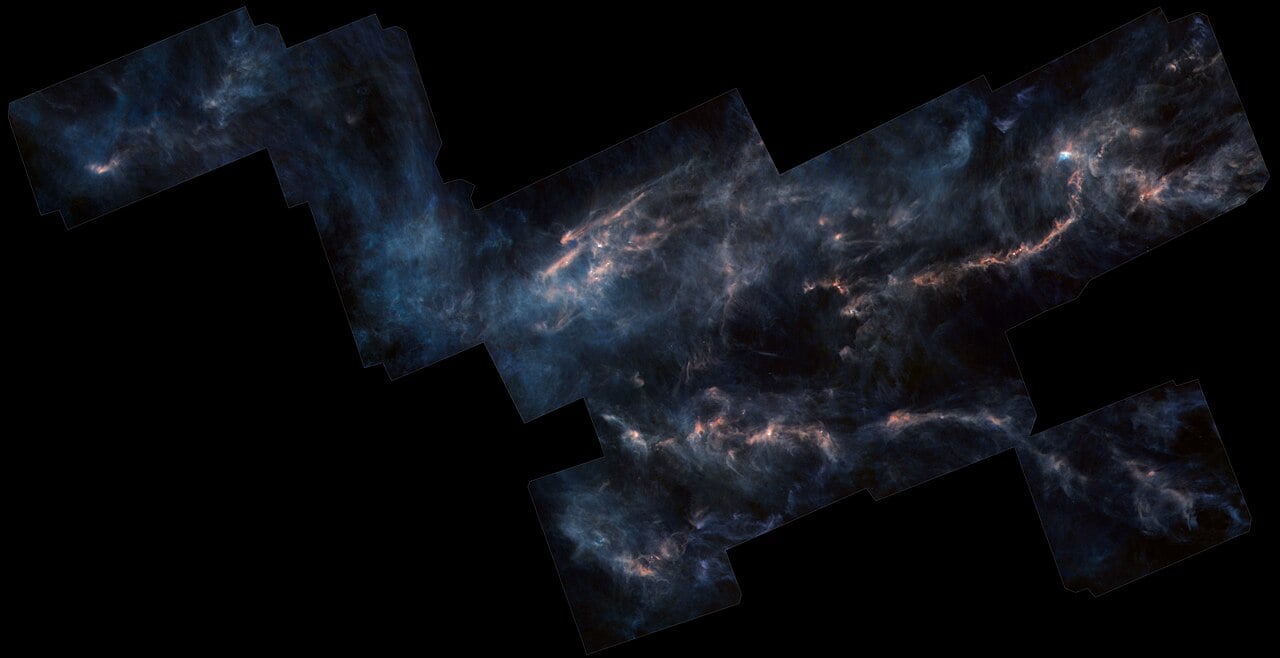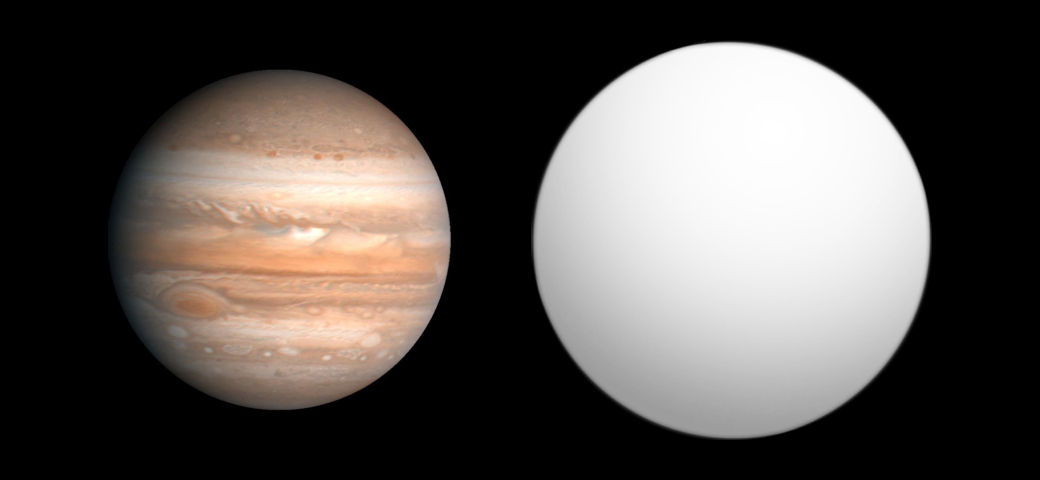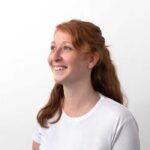India launched its heaviest ever communication satellite on Sunday, the latest step in the country’s ambitious space program.
The moon will look slightly bigger and brighter Wednesday night during the closest supermoon of the year.
Astronomers found a 3 billion-year-old white dwarf actively accreting material from its former planetary system. This discovery challenges assumptions about the late stages of stellar remnant evolution.
A research team with the Chinese Academy of Sciences (CAS) examined samples returned by the Chang’e-6 mission from the far side of the Moon. They identified minerals that appear to
To answer that question of what’s inside a void, we have to first decide what a void…is.
China announced Saturday that its Shenzhou 21 spaceship docked with China’s space station with its latest three rotation crew at the country’s own record speed after a successful launch.
Researchers from Keio University have made the most precise measurement yet of the cosmic microwave background radiation’s temperature from seven billion years ago, finding it was approximately 5.13 K, roughly
Interstellar comet 3I/ATLAS has undergone dramatic brightening as it approached its closest point to the Sun. Researchers have been using solar monitoring satellites to track it during a period when
Scientists at MIT have discovered over 100 different molecules in a stellar nursery called the Taurus Molecular Cloud-1, making it the most chemically diverse interstellar cloud ever observed. Using over
For the first time, astronomers have mapped the three-dimensional atmosphere of a planet orbiting a distant star, revealing temperature variations and distinct atmospheric regions across an alien world 400 light
-
 012024 in Review: Highlights from NASA in Silicon Valley
012024 in Review: Highlights from NASA in Silicon Valley -
 02Panasonic Leica Summilux DG 15mm f/1.7 ASPH review
02Panasonic Leica Summilux DG 15mm f/1.7 ASPH review -
 03How New NASA, India Earth Satellite NISAR Will See Earth
03How New NASA, India Earth Satellite NISAR Will See Earth -
 04And Thus Begins A New Year For Life On Earth
04And Thus Begins A New Year For Life On Earth -
 05Astronomy Activation Ambassadors: A New Era
05Astronomy Activation Ambassadors: A New Era -
06SpaceX launch surge helps set new global launch record in 2024
-
 07Space Force plans new ‘Futures Command’ amid pressure to speed up modernization
07Space Force plans new ‘Futures Command’ amid pressure to speed up modernization


